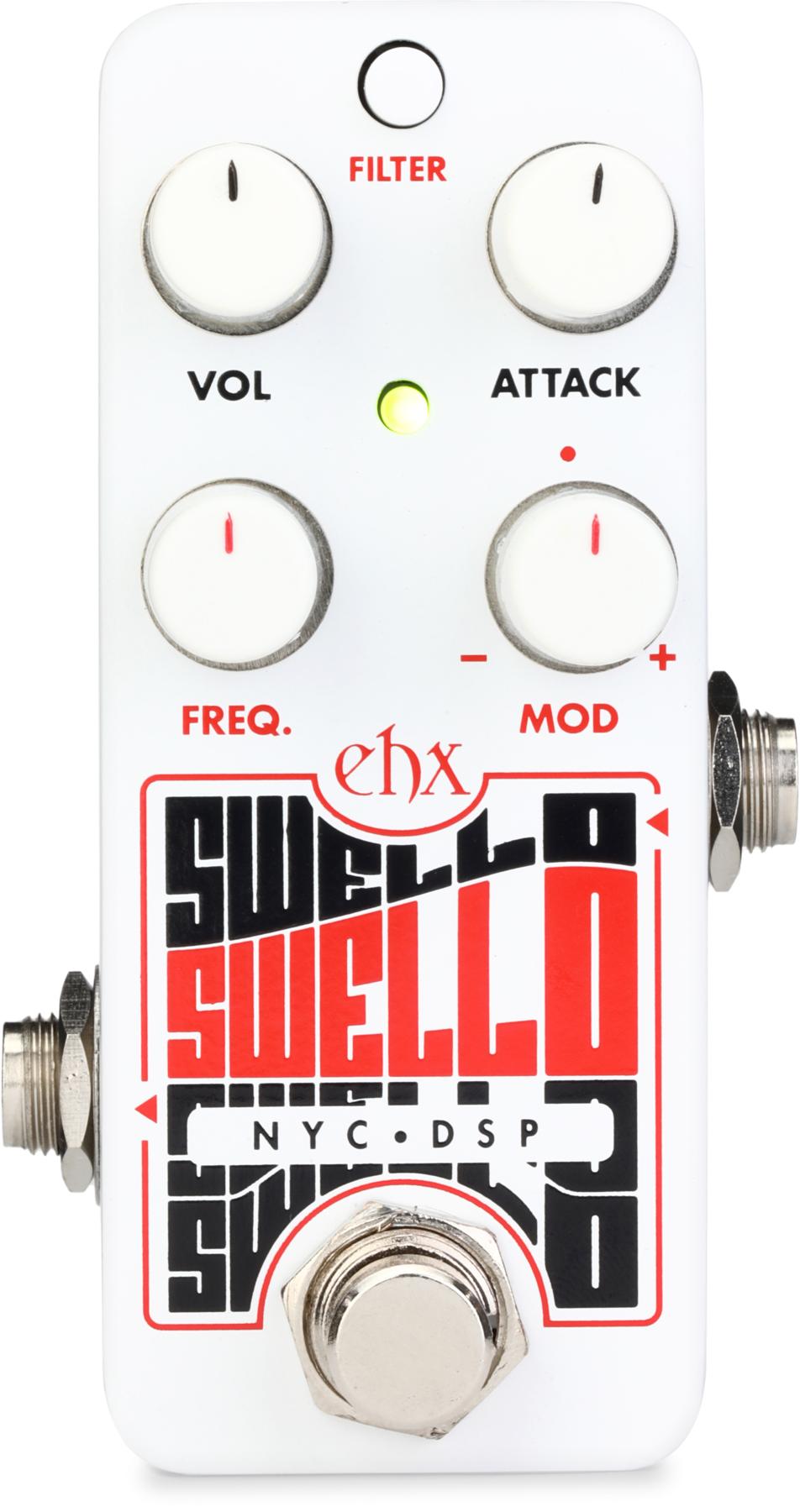PG's Rebecca Dirks is On Location at the 2011 NAMM Show where she visits the DigiTech booth. In this segment, we get a demo of the all-tube, TH-150 amplifier.
NAMM '11 - DigiTech TH-150 Amplifier Demo
PG's Rebecca Dirks is On Location at the 2011 NAMM Show where she visits the DigiTech booth. In this segment, we get a demo of the all-tube, TH-150 amplifier.
By PremierGuitar DefaultJan 27, 2011

















